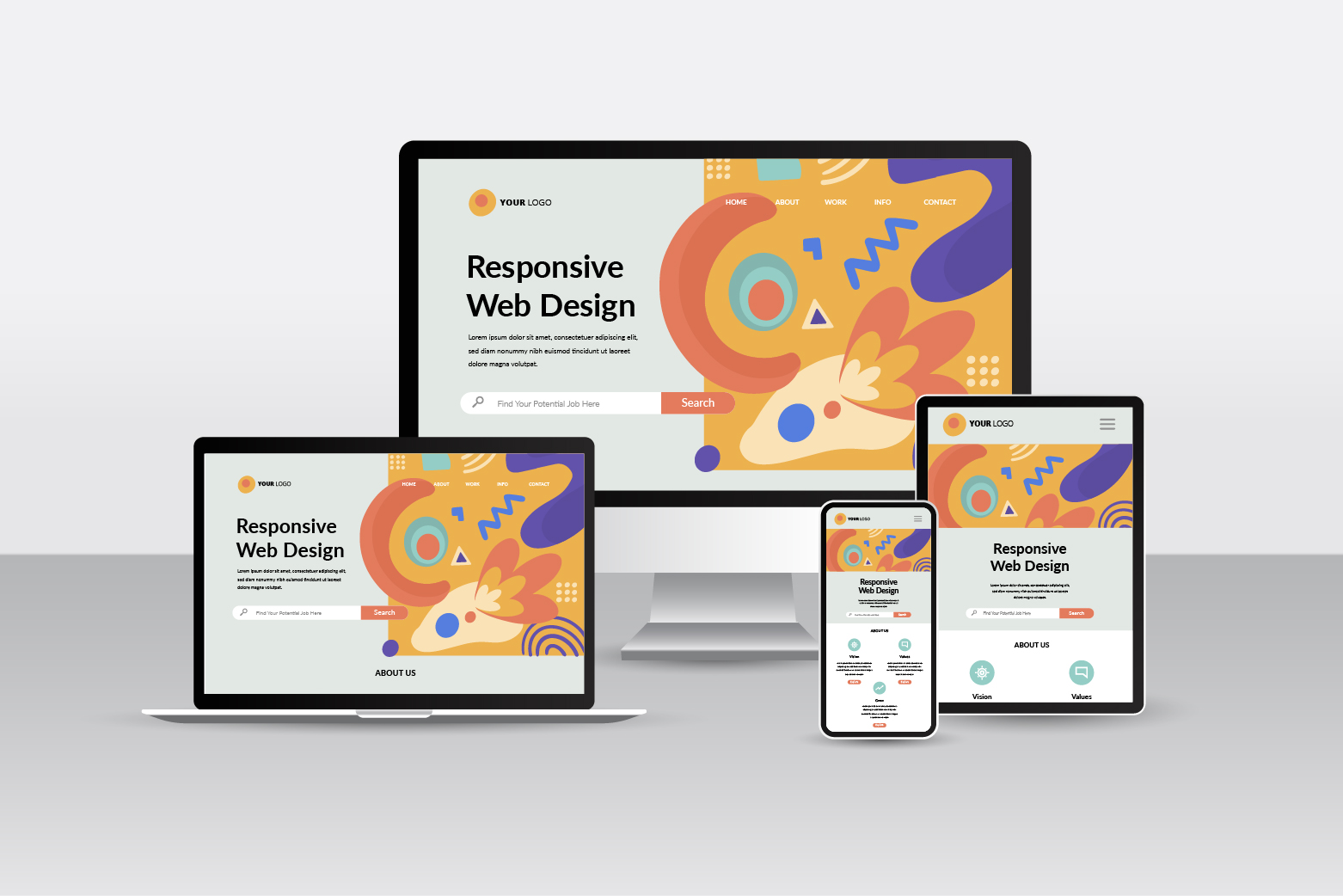Subtotal $0.00
In the modern digital age, a website that adjusts seamlessly to different devices and screen sizes is essential for any successful business strategy. Responsive web design (RWD) is the approach that ensures your website delivers an optimal viewing and interaction experience across a variety of devices, including desktops, smartphones, and tablets. In this blog post, we’ll discuss why responsive web design is important for your business and how it can enhance your online presence.
Why Responsive Web Design Matters
- Enhanced User Experience: Responsive design guarantees that your website looks and performs well on any device, allowing users to easily navigate, read, and interact with your content. A better user experience can lead to increased engagement, higher conversion rates, and improved customer satisfaction.
- Greater Mobile Accessibility: As mobile devices dominate web browsing, having a responsive website is no longer optional. A responsive design ensures your website is optimized for mobile users, providing a smooth and user-friendly experience. This is crucial, especially since Google prioritizes mobile-friendly websites in its search rankings.
- SEO Advantages: Search engines, including Google, favor websites that offer a positive user experience and are mobile-friendly. A responsive website can improve your rankings in search results, increasing visibility and attracting more organic traffic to your business.
- Lower Maintenance and Development Costs: Maintaining separate versions of your website for desktop and mobile can be costly and time-consuming. Responsive design consolidates everything into one adaptable site, reducing the need for duplicate development and maintenance efforts. This leads to cost savings and a more efficient management process.
- Consistent Branding: Responsive design ensures that your brand’s visual identity and messaging remain uniform across all devices, reinforcing your brand’s image and creating a cohesive user experience. This consistency helps build trust and loyalty with your audience.
Key Elements of Implementing Responsive Web Design
- Flexible Grid Layout: Responsive websites use a flexible, grid-based structure that adjusts to different screen sizes. This is often achieved through CSS frameworks like Bootstrap or Foundation, or with custom CSS grids.
- Scalable Images and Media: Visual elements such as images and videos should resize and adapt to various screen sizes without compromising quality or layout.
- Fluid Typography: Text should be easily readable across all devices. Responsive design adjusts font size, line spacing, and overall typography based on the screen size.
- Mobile-Friendly Navigation: The navigation menu should be easy to use on both desktop and mobile devices, often by incorporating responsive menus that collapse or reorganize on smaller screens.
- Ongoing Responsiveness Testing: Regular testing of your website across different devices and screen sizes ensures a smooth user experience. Tools like Google’s Mobile-Friendly Test and browser developer tools can help detect and fix any issues.
Benefits of Responsive Web Design for Your Business
- Higher Conversion Rates: A well-designed responsive site encourages users to complete actions like purchases or form submissions by optimizing the experience for their device.
- Greater Customer Satisfaction: Responsive design allows customers to easily access and interact with your website, regardless of the device, leading to increased satisfaction and loyalty.
- Improved Brand Reputation: A responsive, mobile-friendly site conveys professionalism and technical competence, positively influencing your brand’s reputation and credibility.
- Reduced Bounce Rates: A responsive site keeps users engaged by offering easy navigation and interaction, preventing them from leaving your site prematurely.
- Future-Proofing Your Online Presence: As new devices and screen sizes emerge, a responsive design ensures your website remains adaptable and relevant, protecting your digital presence for the future.
Conclusion
In today’s digital world, responsive web design is essential for businesses of all sizes. By optimizing your website for different devices, you can enhance user engagement, boost conversions, and strengthen your brand’s image. Investing in responsive web design is a smart strategy that delivers long-term benefits, keeping your business competitive and well-positioned in the ever-evolving digital landscape.



Comments are closed